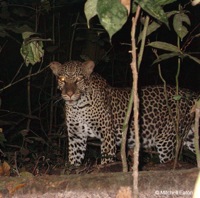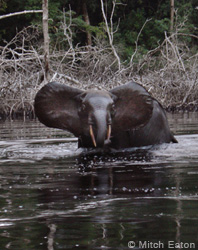DNA Barcoding Initiative for Conservation

DNA barcoding has been proposed as an important advance in molecular biology for rapidly and cost-efficiently using a short reference sequence of DNA to help catalog and inventory biodiversity. It is designed to provide an agreed-upon framework for an applied approach to cataloging species and to making the information available to managers and decision makers as well as the scientific community.
By combining well-established molecular biology techniques with emerging developments in bioinformatics, DNA barcoding offers the opportunity to transform the way in which society uses biodiversity information. DNA barcoding methods have wide-ranging applications to help protect biodiversity against such threats as human-caused (anthropogenic) changes in the environment and the pervasive illegal commercial trade in animals and animal products.
Endangered species that could benefit from a DNA barcoding approach include commercially hunted wildlife, wildlife consumed for the traditional medicine trade, rare species collected for private living collections, and unsustainable harvesting for other wildlife products.
Active DNA barcoding projects include:
- barcode reference libraries for larger groups of protected species recommended by an international advisory committee
- bushmeat trade in Africa
- shark fin trade in Madagascar
- Southeast Asian freshwater turtles and tortoises
- characterization of species involved in current proposals for protection under CITES

Part of the Initiative's responsibilities is to organize outreach to regulatory and enforcement agencies responsible for endangered species protection, NGOs and international governing organizations, as well as the training of enforcement officials in the use of DNA barcoding.
The DNA Barcoding Initiative for Conservation is funded by the Alfred P. Sloan Foundation and the Richard Lounsberry Foundation.
Research Coordinator, Sergios-Orestis Kolokotronis, Ph.D.
Principal Investigator, George Amato, Ph.D.